Causal Inference in Statistics – A Primer
Original price was: $50,95.$19,99Current price is: $19,99.
- 100% Satisfaction Guaranteed!
- Immediate Digital Delivery
- Download Risk-Free
✔ Digital file type(s): 1𝐏𝐃𝐅
Many of the concepts and terminology surrounding modern causal inference can be quite intimidating to the novice. Judea Pearl presents a book ideal for beginners in statistics, providing a comprehensive introduction to the field of causality. Examples from classical statistics are presented throughout to demonstrate the need for causality in resolving decision-making dilemmas posed by data. Causal methods are also compared to traditional statistical methods, whilst questions are provided at the end of each section to aid student learning.
41 reviews for Causal Inference in Statistics – A Primer
You must be logged in to post a review.

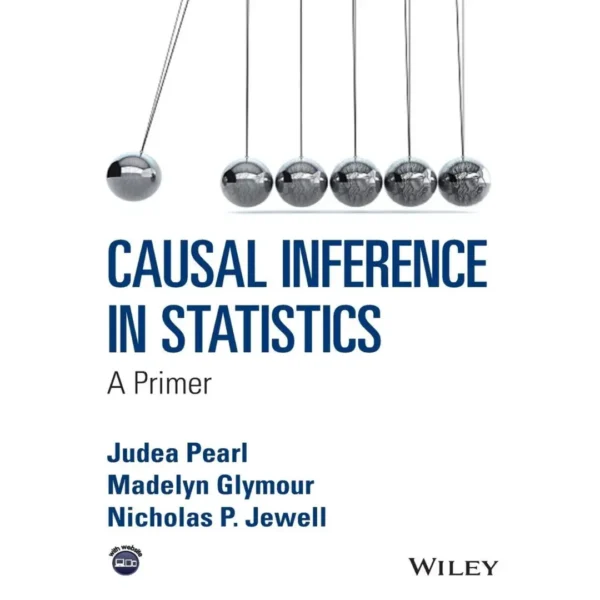
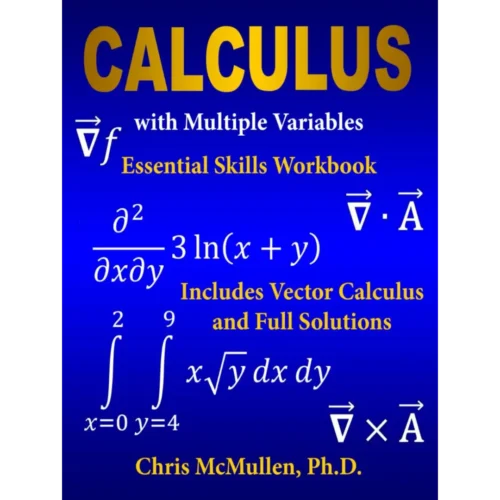

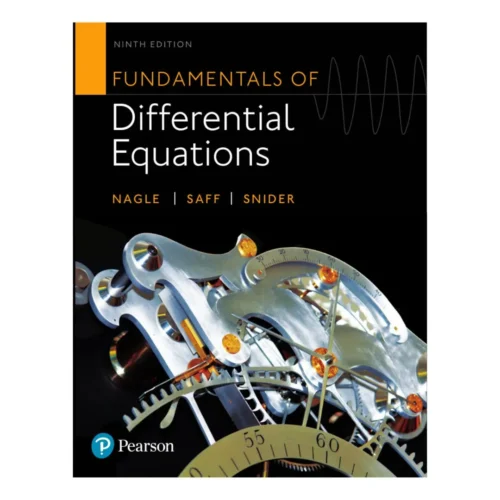
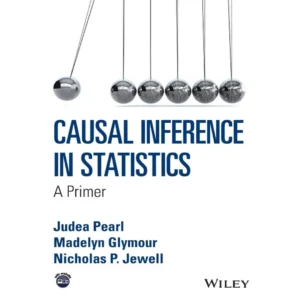
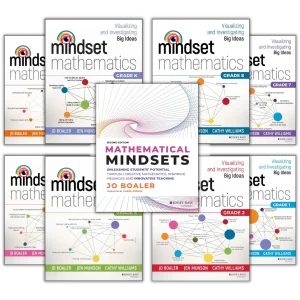

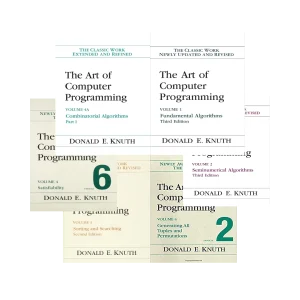
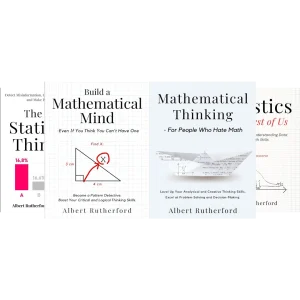
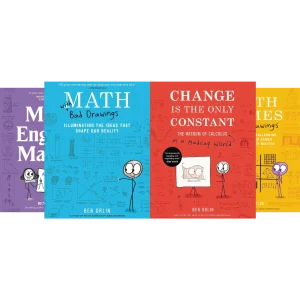




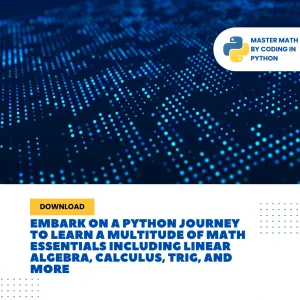

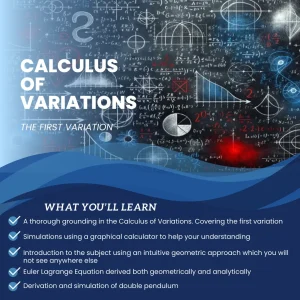
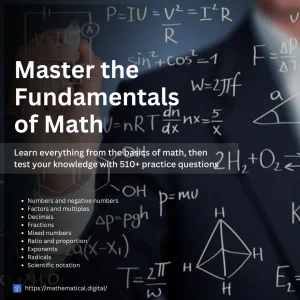




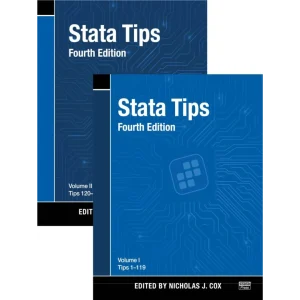
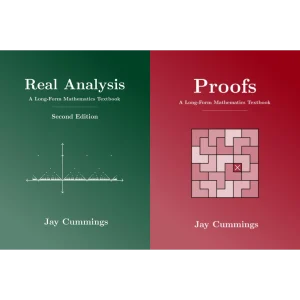

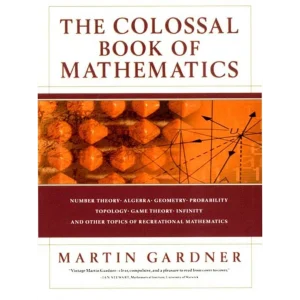
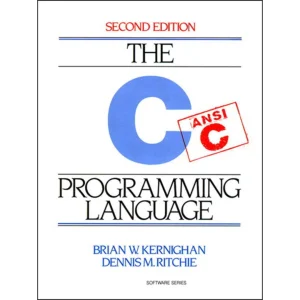
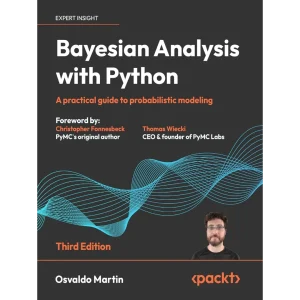
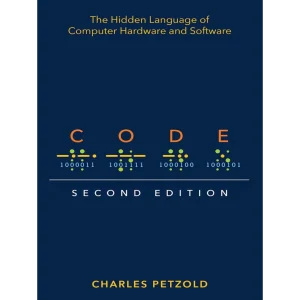

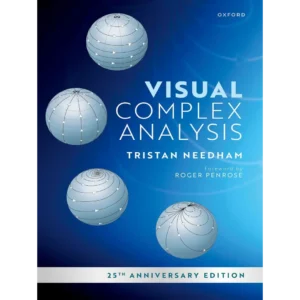
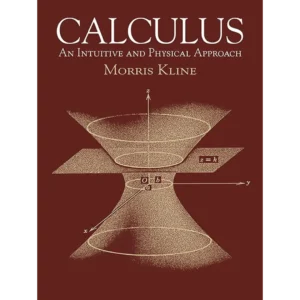


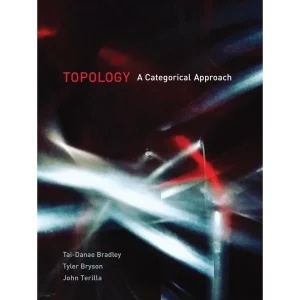
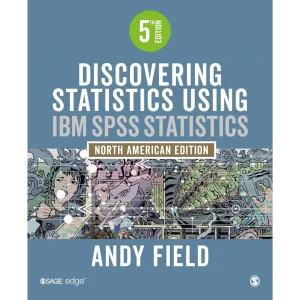
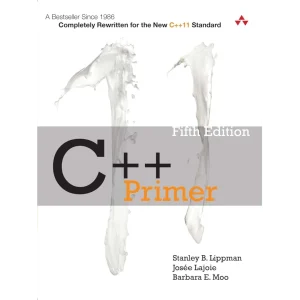
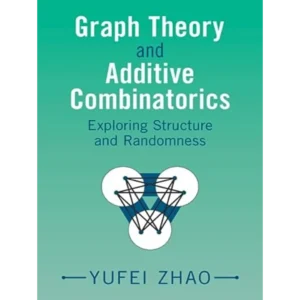

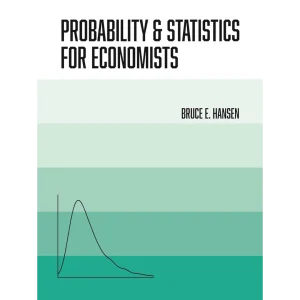
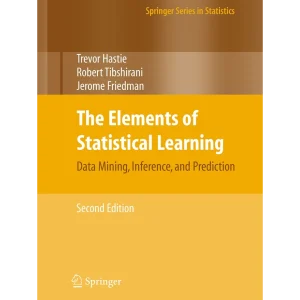

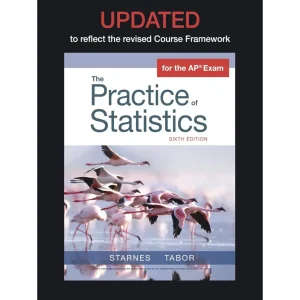
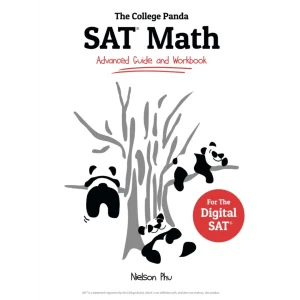
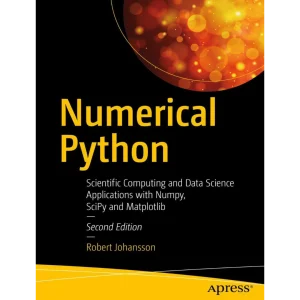
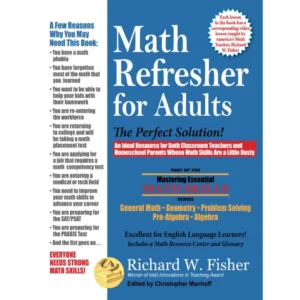

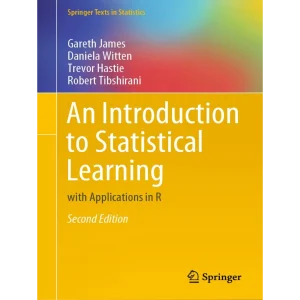


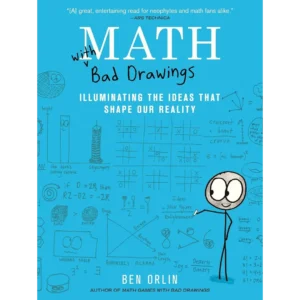
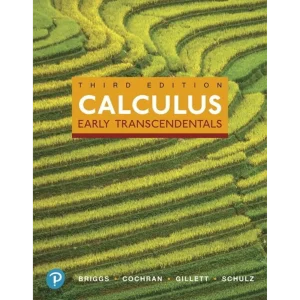
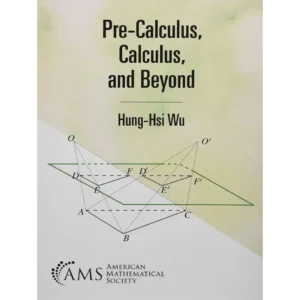
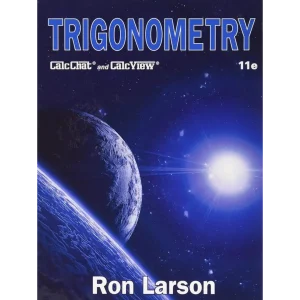

Math Customer –
For a non-statistician interested in causal inference, this books gives an excellent introduction and grounding for tackling more scholarly works such as Peal’s, “Introduction to Causal Inference” or his larger textbook. The writing is what really makes this book, the authors take their academician’s hats off and just simply explain the topic with good use of examples that are easy to follow. With that said, the reader needs to be aware that the writing style does retain some old school academic hallmarks, such as the heavy use of semi-colons between realted independent clauses. This isn’t a criticism, but rather an observation that goes to presentation style. At the moment I am a little more than halfway through the book and it is making thing topic accessiable to me, specifically by not leaving out small details, that to statisticians and mathematicians, may seem obvious or not worth mentioning. This ability to anticipate the students natural question is what makes this book so valuable!I would recommend this book to anyone who has a at least a working knowledge of statistics. I would consider this book for an upper level undergrad course, and certainly one of the books for a graduate course on the topic. If Professor Pearl’s lectures are anything like this book, I would enjoy sitting in on any lecture he gives.
Rajan N. Chari –
This is a good, down to earth introduction to Causal Inference in Statistics and graphical probabilistic model. I also have Judea Pearl’s Causality but I find this book more accessible
However the one complaint I have is that I was unable to access the study problems in the companion website. I hope this will be corrected soon.
Philip H. Smyth –
Cliente Math –
Trovo il testo completo da un punto di vista teorico e pratico (esempi). Senza appesantire con lunghe dimostrazioni riesce comunque ad essere chiaro e rigoroso, analizzando le tecniche fondamentali per lo studio delle ipotesi di causalità, disponendo di dati non sperimentali (osservazioni di fenomeni). Uno degli autori (Pearl) è uno dei pionieri e massimi esperti di questa materia.
Chenna –
This is a great book for beginners. But why is it so overpriced.
Math Customer –
Less complicated than the previous book by Pearl “causality”
JBcustomer –
The book by Judea Pearl and collaborators Madelyn Glymour and Nicholas Jewell, Causal Inference in Statistics: A Primer, provides a concise introduction to a topic of fundamental importance for the enterprise of drawing scientific inferences from data. The book, which weighs in at a trim 125 pages, is written as a supplement to traditional training in statistics and I believe it fills that role admirably. I was very excited when my copy arrived because I am one of those folks who thinks that most statistics texts provide only the technical specs for quantitative science, not the driver’s manual that is needed by researchers who collect and interpret data. After reading it, I think the book is going to be a big hit with both scientists and practicing statisticians. I believe this book will also prove to be useful support for those who teach statistics and data analysis, because the current omission of causal principles in most curricula is an intolerable oversight we must correct.
The book starts off by challenging the reader with the intriguing proposition that data, by themselves, lack sufficient information to permit proper causal analysis. What is required for sensible evaluations of data are causal hypotheses. Clever, simple examples are used to show that if we make the wrong scientific assumptions about how a system works, we can derive very incorrect conclusions from our data. This illustration sets the stage for the rest of the book by leaving us wondering, “What additional set of rules would we need in order to draw causal inferences from data?”
Chapter 1 does a rather brilliant job of providing the minimum essential set of background information for the task at hand. Basic concepts such as conditional probability and conditional independence are defined, along with essential quantities and relationships, to set the stage for later computations. After a few pages, the book then departs from conventional treatments by presenting the elements of graph theory as an equally-important set of background information. Graphs, specifically probabilistic causal networks, represent one of the key pieces that has been missing from the field of statistics, but that is absolutely essential for representing and evaluating causal hypotheses for analysis. The reader simply needs to get to page 24 to begin to encounter the unique information in this highly readable treatment. As Chapter 1 continues, probability theory and graph theory are married though the combination of the “Structural Causal Model”, which specifies the variables and connecting functions, and the “Graphical Causal Model”, which summaries the causal logic of network relations.
In Chapter 2, in only a few pages, the book presents the core “rules” that establish much of the logic for causal analysis within a graph-theoretic framework. Again, the book is truly outstanding in its capacity to distill fundamental ideas to their basics and clearly illustrate with examples. Following this treatment, Chapter 3 then begins to move the reader into a thorough consideration of the interventionist perspective. In essence, causal modeling asks questions about the outcomes of interventions – “What would happen to Y if we were to change X?” Of course sometimes we have information from manipulative experiments, but the greater challenge is to address this question using observational data and causal rules. In this chapter, the rules of engagement are presented. We encounter new mathematical concepts, like the “do” operator and formulae for adjusting for covariates and calculating causal effects. We also encounter rules like the backdoor and front-door criteria. A central feature of causal networks, mediation, is presented and described. Chapter 3 ends by transitioning from general rules that apply to models of all forms to illustrations obtained through reference to linear Gaussian systems. This final set of examples connects the graph-theoretic perspective with more traditional formulations and examples of structural equations. Here more direct comparisons between, for example, regression coefficients and structural coefficients are made. An elegant and crystal clear introduction to instrumental variables ends the chapter and in the process, links the new material presented in this book with yet another historical body of causal modeling literature. It is impressive to see this accomplished in such a compact fashion.
Chapter 4 turns to a topic that will be unfamiliar to many as a formal subject – counterfactuals. Simply put, counterfactuals are questions about, “What would have happened to individual i if they had not been exposed to treatment X=1 (if they had not received the drug treatment)?” This seemingly innocent question, as the chapter goes on to reveal, unlocks much additional power derived from the causal modeling system presented in the book. To begin with, counterfactuals lead us necessarily from the population to the individual level, since these are questions about what would have happened to an individual if a different choice or event had happened in the past. Considering the individual level, we begin to realize that all along we have had unique information about individuals that has been ignored via summarization. With counterfactuals, ignoring is no longer appropriate. At the outset, the reader will assume perhaps that the counterfactual question is an impossible question to answer, even with randomized experiments. If individual X(1) is included in the treatment group that received a placebo, how are we to know what might have happened if they had actually received the drug? Surprisingly, a general solution to this problem is offered using the logic of the Structural Causal Model and the fundamental law of counterfactuals. Following a series of illustrations developed for a variety of situations, the chapter ends with a summary of essential information in the form of a computational toolkit for causal analysis. Clearly, this book goes beyond an exposition of ideas to provide the reader with a functional knowledge of causal analysis principles.
Throughout, this lucid and concise book explains concepts through the presentation of multiple, simple examples – a strategy that works exceptionally well, making this the most accessible presentation of this material I have read. The reader will be well rewarded for buying and reading this book and I recommend it with enthusiasm for both practicing scientists and students of statistics.
Rob Sedgwick –
This is quite a down to earth book with lots of real world examples and worked problems. It starts at the beginning with a quick introduction to the basic statistics needed for the remainder of the book. Chapters 2 and 3 then turns to causal analysis, initially graphically and then more analytically through the effects of interventions. Chapter 4 then looks at the more advanced topic of counterfactuals. It’s quite a steep learning curve as the book progresses and I like the fact that there are so many examples from different areas which does help. At the time of reviewing the page on the Wiley web site which supports the book did not exist, I presume this will come along later.
tolomeo –
Content is superb, publisher’s design is very low quality. That is it.
Great source for causal inference, even for self/learning. But why in Earth a major publisher leaves the book in such bad graphic conditions?
I mean, what is the cause?
Unable to infer it, I just returned the book. Dear publisher, let me know when you fix the flow and graphs of the book. I might buy it then.
Jago Wells –
Conceptually and statistically,the themes around causal inference can often confuse and bemuse the student in equal measure. In ‘Causal inference in statistics’, authors, Judea Pearl, Madelyn Glymore and Nicolas Jewell stip away the jargon and rewrite it in an easy to understand, accessible way which communicates directly with the reader. Opening up the world of statistics and demonstrating the underlying dynamics which drives the core concepts.
Written in an engaging manner, the book covers the key themes and methodology and offers examples of how information is collated and key factors extrapolated.
A useful primer for students engaged in this area.
Richard Murphy –
We live in a world that is full of statistics. Politicians quote statistical evidence for their policies. However, even those with only a basic knowledge of statistics know there are pitfalls everywhere when interpreting data, and that mistakes have costly real world implications.
“Correlation is not causation”. When ice-cream sales rise, so does violent crime, but no amount of restricting ice-cream sales will reduce violent crime. They have a common cause (hot weather) rather than ice-cream causing the violence. It might seem trivial, but if you substitute any current political hot topic (immigration, internet usage, drugs etc) for ice-cream, the importance of understanding where there is actual causation becomes evident.
This book is an attempt to bring mathematical rigour to working out what is genuine cause and effect.
The maths is challenging – I would love to have had this book when I was studying 20 years ago. This is therefore not a light read (there is an opportunity for someone to write one of those).
There are some excellent real world examples to keep the work grounded in reality.
Some are a reminder of just how careful you have to be when drawing conclusions from data. Eg Simpson’s Paradox features heavily, which can simply be illustrated by situations that arise in real life: Tim has a better batting average than Frank. However based on the same data, Frank has a better batting average against right-handed pitchers and also against left-handed pitchers. Who is the better batter?
The Monty Hall problem gets explained too, reminding us that our intuition can let us down badly, not because we are stupid, but because we are human.
This approach is clearly useful is in areas such as the effectiveness of drugs, identifying and addressing discrimination and assessing the impact of government programmes, all of which get covered.
For anyone with a good grasp of statistics and looking to be more rigorous this is a well set out academic book. For everyone else it is probably too hard, which is a shame.
Emily – London –
This book is firmly aimed at college courses, and is linked to a website which provides the answers to the study questions, for which you are required to register as a college teacher. (The link isn’t quite as listed in the book, but it is findable on Wiley’s website)
So I was not the typical user – setting out on my own with an entirely forgotten maths A’ level and a nodding acquaintance with statistical methods. Nevertheless, I think it is testimony to the clarity of presentation of a book like this, that introduces you to concepts and methods that were definitely not taught at school, that over a few days I got almost half way through the before running out of steam. This is because it started as a revision course in the concepts you really need to know later in the book, especially probability, and took you through first explanations of Simpson’s paradox, the Monty Hall problem, Bayes’ Rule, conditional probability, independence, etc.
It then introduced me to graphical models – which I suspect had not been invented when I was at school, essentially causal maps of what causes what, with directional lines between them, which allow you to think in a more structured way about the probability of final outcomes given particular causal connections, and to break down problems into bite-sized chunks and postulate counterfactuals. I found it very refreshing to be discussing causation, when my previous efforts at learning statistical methods had seemed to be strangely missing this idea, and dealt only in correlations which we know are not causations. The practical examples kept me going even if I got stuck in the end.
I hope economic modelling is learning from these methods, not just medical trials and meta data analysis.
Zipster Zeus –
So…causal inference in statistics is your bag. You are so into it, you prefer to consider it’s implications on the bus to work rather than muse over the findings of Top Gear or who should have been kicked off Bake Off last night. If this is the case, this book is essential. You get an in depth analysis of causal inference with loads of involved, worked through examples and a ton of pointers. Entirely academic based, completely focused on the mechanics and technical implications of the issues involved this is a must have for students, their tutors and other associated professionals. If however the only stats that interest you are the weather predictions regarding the likelihood of precipitation today, avoid.
FF –
A very good and accessible book. The authors put many homework questions throughout the book, and it would have been useful to have answers to the questions to see if you understood the questions. The companion site does not contain these answers, only instructors can get these from the publisher. I have asked Wiley to send me the answers to these homework questions, but they refuse. So this book will be useful if it is prescribed for a course you are attending and the instructor has the answers. If you want to use this book for self-study it will be less useful because you cannot verify that you understood and answered the homework questions correctly. Wiley, please fix this up.
Luis Filipe R Azevedo –
Excellent short introductory book to modern methods in causal inference.
This is an excellent choice as a reference book to support an introductory course on the subject.
It gives in general more relevance to the intuitive and practical understanding of the concepts and less to their rigorous theoretical formalism. This is an advantage from the pedagogical point of view and particularly relevant in an introductory course on the subject.
Tomas Aragon –
I teach R programming to epidemiologists at UC Berkeley. I have appreciated the explosion of data science. However, epidemiologist are not statisticians or computer scientists. Epidemiologists have a central role is understanding causal inference for protecting and promoting health. Graphical causal models (causal graphs) provide a nexus that connects epidemiologists, statisticians, computer scientists to many other fields including machine learning, artificial intelligence, and even to plain old continuous quality improvement and population health improvement. In public health every intervention has a program theory: theory of causation, theory of change, and theory of action. These relationships can be represented with graphical causal models. Causal graphs can be used to capture expert knowledge from community stakeholders. We now have a common visual language to represent causal systems whether if comes from an academic endeavor, quality improvement on the frontlines of practice, or wisdom from community residents. Pearl’s book is the first book that makes this world accessible to public health practitioners and epidemiologists like me. I am redesigning my whole course to around causal graphs for epidemiology and Bayesian decision networks for decision analysis. This book is a cause for celebration!
LarryD –
This is an excellent book by a master in the field
parietal –
Fills a nice role as a primer. Definitely recommended as a great way to get up to speed on this fairly complex area, particularly for a practitioner. If you’re a researcher or someone who needs to deeply understand the theoretical aspects, some of the other recent books might be a better choice, including the 2nd edition of Pearl’s Causal Inferencing.
Ana –
I have been looking forward to getting this book for a long time as it is extremely useful. The book arrived in excellent conditions. Highly recommended!
Franck –
Une excellente introduction à la causalité, progressive et avec des exemples concrets. A lire avant d’aborder des ouvrages plus théoriques (mais la plupart des concepts et des maths sous jacents sont présentés).
Charles Elliott –
Judea Pearl’s causality really is changing many aspects of statistics. This book is essentially an introduction to Pearl’s major work “Causality, 2nd Edition,” and contains much more detail than “The Book of Why,” which basically is just about concepts. The problems, called “Study Questions” in the book, are challenging, but can eventually be solved with time, effort, review, and a little independent reading. I used Mathematica to write little programs in Mathematica’s built-in language to automate their solution. In summary, the book is easy enough to be a fun read, while the problems are difficult enough to make it interesting.
Issy –
Loved it
Reimfloh –
Nach dem Book of Why habe ich mir dieses Buch gekauft. Es geht etwas tiefer in die Mathematik, aber bleibt noch bei der Anwendung. Etliche Fragen sind nach jedem Kapitel ähnlich zu einer Unterrichtslektüre. Genau das was ich gesucht habe. Es ist eine gute Erweiterung für die die nach dem Book of Why auf den Geschmack kausaler Aussagen gekommen sind. Der nächste Schritt wäre das früher erschienene Buch Causality. Aber da hoffe ich noch auf eine Überarbeitung.
QUAEGHEBEUR LUC –
Wat technisch.
Pablo –
Having read a lot in the field, including other introductions (Imbens and Rubin, Angrist and Pischke, Hernan and Robins, Morgan and Winship, etc.), this is by far my favorite. Concise yet rigorous is the best port of entry to serious training in causal inference from the Structural Causal Model perspective. If you do the exercises in addition to the reading, you will be prepared to read recent developments in causal inference, either in the SCM or Potential Outcomes tradition.
David Rojas –
Very interesting book, I really enjoyed.
Steve Elston –
Full disclosure; I have not yet read this book cover to cover. So far, I am quite impressed. The writing is clear and the concepts are well illustrated by good examples. If you are at all interested in causal inference I doubt you can find a better place to start than this book.
As an instructor who teaches related topics I do wish there were more extensive homework problems and solutions. What is there is great, but limited. Also, some simple code examples would in, say, a Github repository would be very welcome.
Math Customer –
This is a great introduction to causal modeling; a much easier than Pearl’s Causality. However, it is really hard to wrap your head around some of the trickier parts when there are so many errors! Check our the errata on the book’s website to keep track of the accuracy of what you are reading.
MARCOS ANTONIO DE ARAUJO VENTURA –
Livro profundo, porém com linguagem acessível, que representa o melhor da teoria com uma visão teórica e empírica, além de caráter essencialmente bem estruturado.
Math Customer –
As advertised and timely delivery.
JW Kim –
This is a Primer.
I am a surgeon. I have a bit of math and coding in my bag as a nerd but nothing on the professional level. I do medical AI research as a faculty but mostly on the nontechnological side.
And I had been an ardent disciple of RA Fisher.
The gross outlines provided in the Book of Why is pretty much a general map. Anyone who is intrigued beyond that point, yet intimidated to pick up more rigorous tomes of causality would feel welcome with this book.
It provides simple enough examples for the layman of math to work out. Althiugh I do recommend to take it slowly. Professor Pearl is very frugal with words and some nuggets of deep wisdom might be missed.
Open minded –
Entender cómo no es suficiente conocer los datos sino saber cómo se han generado y además cómo usar la probabilidad bayesiana para construir de manera científica el concepto de causa
A reader –
I got this book because I was interested in causal DAGs after reading “Book of Why” and finding it too light on technical details. I’d also gotten “Causality” and found it largely impenetrable. This book is much more pragmatic and the writing is much better.
The only reason I gave it four stars is that the print copy (purchased September 2020) has serious errors that have been corrected in the errata. For example, the definition of the “front-door” criterion is incorrect, which was very confusing. Some equations are missing essential terms as well. Please look at Pearl’s website for the errata (do a web search on “pearl primer errata”). You’ll probably want to go through the errata PDF and mark up the hard copy by hand to get the corrections in.
msuzen –
Professor Pearl and his co-workers provide such a material it bridges the gap between the cutting edge research
and introductory statistics with causal inference. Even the first chapter which is presented only as a refresher provides such a clarity and insight. Any data scientist and serious researchers in quantitative field must have this book.
Georgios Georgiadis –
Great formal introduction to pearls conception of causality.
Cliente de Math –
Es una excelente libro como introducción a la estadística causal.
Julio Cárdenas-Rodríguez –
If you want to lear how to do causal inference read this book.
I really that the authors walk the readers through examples on how to actually compute casual effects.
Many other books talk about the importance of causal inference, but they don’t show how to do it.
This book is well written, short, and practical.
Math Customer –
The book is succinct, clearly written, and it has exercises to help with assessing comprehension. A great book to start ;earning causal inference.
Yung-Tsai Chu –
This book teaches us how to formulate the question of causal inference in mathematical terms. It is easier to understand the concept by reading Pearl’s “The Book of Why”.
KBMOM –
The book is concise and explains fundamental causal inference concepts well with straightforward examples. However I have a trouble to find out answers for all those good Study questions in the book.
Evidence-seeker –
This excellent primer progresses from simple to definitely challenging. It shows how using DAGs particularly may allow some progress from correlation to causation when interpreting data and clarifying arguments. The first chapter alone allows you to understand the value of understanding Simpson’s Paradox, Bayes Rule, the Monty Hall problem. It does this in a clear, progressive way with study questions interspersed in the text. I think this chapter alone (about 1/4 of the book) is extraordinarily enlightening. I am slowly completing the later chapters. You are getting the clear and thoughtful insights of three very impressive authors. They are describing major developments in how to think about some very important and widely misunderstood claimed relations between events. It has been an education (think second year of an undergraduate program).! So very strongly recommended but challenging